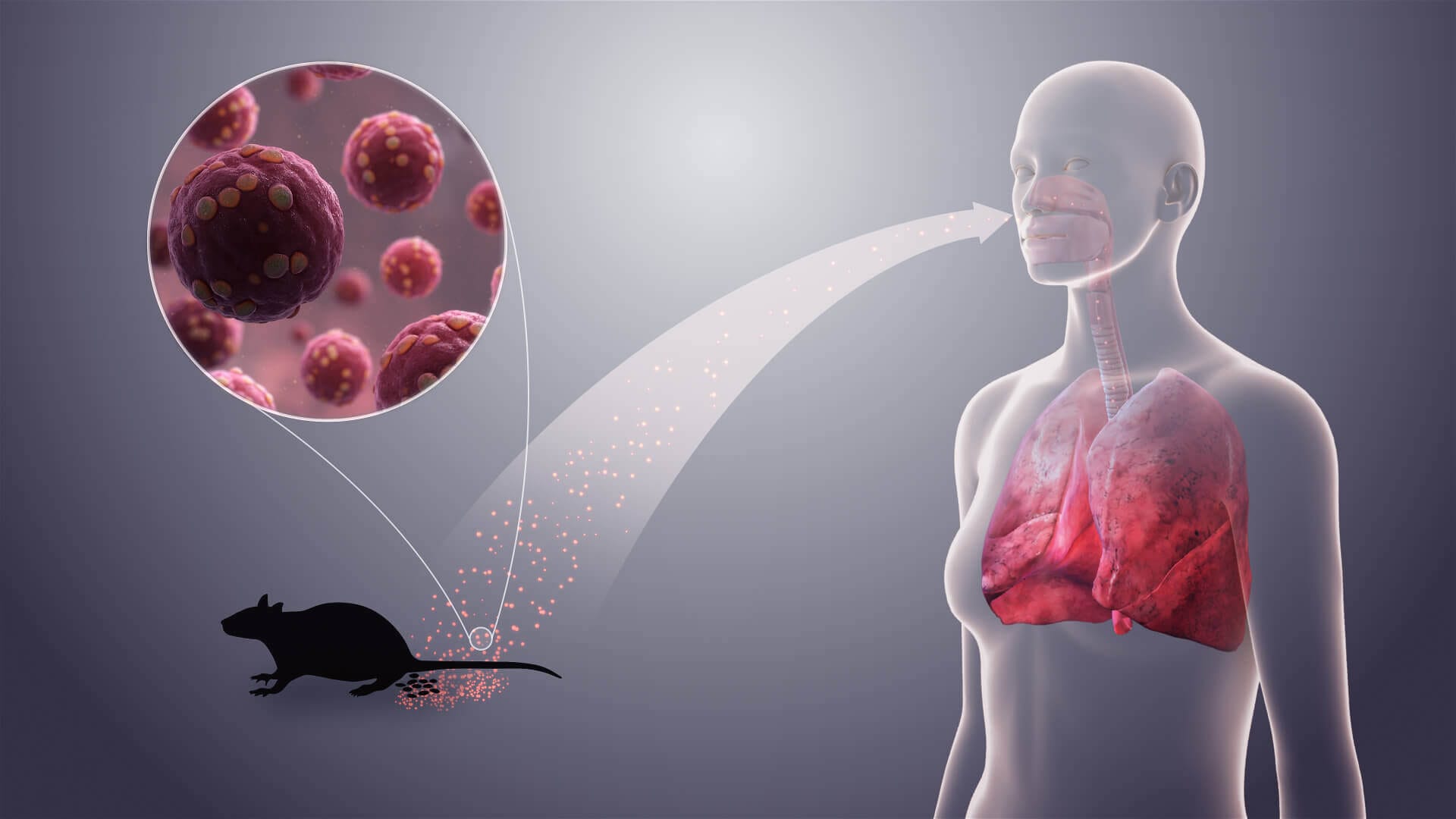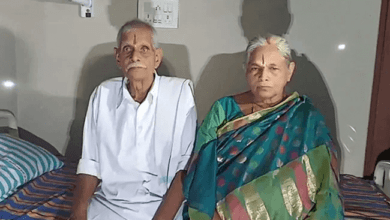Hantavirus: Man in china dies after testing positive to a new virus

At the time when the world is tackling with Coronavirus COVID 19, other diseases like swine flu and bird flu have also started harassing a few countries. Cases of swine flu and bird flu have already been reported in some states of India and other countries. Presently a man from China has tested positive for Hantavirus.
China’s global times wrote that one man in the country had tested positive for Hantavirus. According to the state media, the man, a resident of the Yunnan province of China, died after testing positive to Hantavirus. The man killed while on his way back to Shandong province for work on a charted bus, china’s global times wrote on twitter. The 32 other people on the bus were also tested for hantavirus infections.
What exactly is the Hantavirus?
According to the CDC, Hantaviruses are a family of viruses that can cause variance disease syndromes in people worldwide. Rodents mainly spread it. It can cause hantavirus pulmonary syndrome (HPS) and hemorrhagic fever with renal syndrome (HFRS).
The disease caused by Hantavirus is not airborne and can only spread to people if they come in contact with urine, feces, and saliva of rodents and less commonly by a bite from an infected host.
Hantaviruses: An emerging or remerging viruses?
Hantavirus was first identified in Canada in 1994. When researchers reviewed other earlier cases, they were able to positively identify that at least three other cases were occurring before 1994, the first happening in 1989. Since 1989, there have been 109 confirmed hantavirus cases and 27 deaths in Canada, according to the public health agency of Canada (as of January 2015).
After five years, new cases of Hantavirus reported in the Yunnan province of China, in which the infected person died while on his way back to Shandong province for work on the bus.
Symptoms of Hantaviruses
Hantavirus pulmonary syndrome: It is an infectious disease peculiarize by flu-like symptoms that can progress rapidly to potentially life-threatening respiratory problems. HPSadvances through two distinct stages.
The earliest symptoms of Hantavirus pulmonary syndrome (HPS) include fever, fatigue, muscle ache, especially in thighs, hips, back, and sometimes shoulders. An infected person may also experience headaches, dizziness, chills, and abdominal discomforts.
In the case of overdue symptoms, usually after four to 10 days, one may show coughing and shortness of breath. It can be calamitous, too, in some cases.
Hemorrhagic fever with renal syndrome: In the case of Haemmorhagic fewer with renal failure (HFRS), symptoms develop within one to two weeks after infection with the virus. But in exceptional circumstances, it may take up to eight weeks to show signs. Early symptoms include severe headaches, backpain, and abdominal pain, fever with chills and rigors, nausea, and blurred vision. On the other hand, late symptoms are hypotension (low blood pressure), hemorrhagic shock, vascular leakage, and kidney failure.
Route of transmission
- Inhalation: main route of transmission
- Person to person contact
The rodents excrete hantaviruses in the urine, feces, and saliva, and human infection takes place mostly via inhalation of aerosolized virus-contaminated rodent excreta. Therefore rodent-infested dusty areas are risk sites. No human-to-human transmission is known for European hantaviruses. No arthropod vectors are known for hantaviruses.
Risk factors
The chance of developing Hantavirus pulmonary syndrome is more significant for people who work, live, or play in spaces where rodents live. Factors and activities that increase the risk include:
- Opening and cleaning long unused buildings or sheds
- Housecleaning, particularly in attics or other low-traffic areas
- Having a gig that involves denunciation to rodents, such as construction, utility work, and pest control
Camping, hiking or hurting
Treatment for the Hantavirus
There is no outright treatment, cure, or vaccine for hantavirus infection.
“However, we do know that if infected individuals are identified early and receive medical attention in an intensive care unit, they may do better. In the intensive care unit(ICU), patients are intubated and given oxygen therapy to help them through the period of severe respiratory distress,” centers for disease control and prevention said.
Prevention
Attempt to reduce the presence of mice and limit contact with droppings, urine, and saliva by:
- Storing food, water, and garbage’s, including pet foods in heavy plastic or metal containers with tight-fitting lids.
- They are stealing any holes in strictures where mice may enter
- Cutting back thick brush and keep the grass short. Keep woodpiles away from the building
- Setting traps when necessary. Put rodents in a plastic bag, and dispose of.
- Using a rubber or plastic gloves when cleaning up signs of rodents, handling dead rodents, or other materials.



